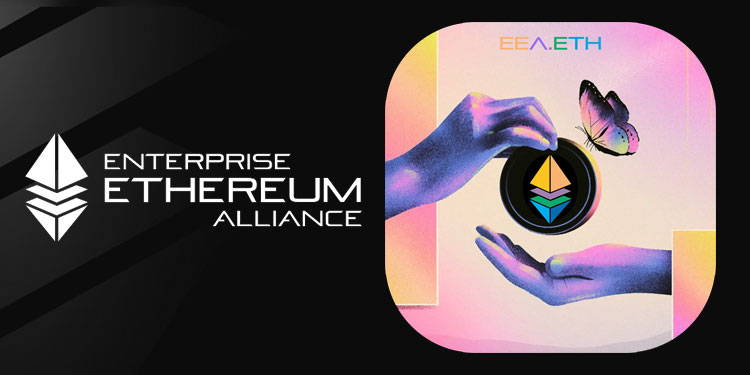
“After discussions with client teams, the next multi-client testnet (mainnet config including min validator numbers) will have a min genesis time of August 4th,”
Additional details would be disclosed in the next few days, Ryan said. Currently, Phase 0 of ETH 2.0 is running on several testnets following the generation of genesis block for Beacon Chain in April.
Phase 0 is the initial stage in the long-desired revamp to PoS (Proof-of-Stake) and is intended to drastically boost transaction speed.
As opposed to the prevailing PoW (Proof-of-Work) protocol, which is dependent on miners, ETH 2.0 network will be safeguarded by users staking a minimum of 32 ETH to run a node, which will act as a validator).
In April 2020, Beacon Chain started running on the foremost testnet, referred as Sapphire, using tiny deposits of 3.2 ETH. In the wake of its positive outcome, the entire 32 ETH nodes became operational in May on the Topaz testnet and staking rewards were distributed.
The Onyx testnet went live in June and was functioning consistently with about 20,000 validators by the end of that month. At last, the Altona aided multi-client testnet for Phase 0 went operational in the first week of July to guarantee steadiness ahead of public testnet launch.
Prysmatic Labs have carried out most of the earlier trial. The Prysm ETH 2.0 client was satisfactorily audited by Quantstamp, a blockchain security and auditing company.
Prysmatic, in its blog post, affirmed that its programmers are on the verge of rolling out a conclusive version of multi-client public testnet.
Of late, Ethereum blockchain has been under intense pressure due to a sharp increase in stablecoin launches and the unprecedented growth of DeFi (decentralized finance). Network fees coupled with gas usage have surged to record levels, exposing the platform to condemnation from its competitors.
In the intervening time, Layer 2 scaling tools could remove those impasses and slash gas fees to justifiable levels. However, in the long-term, a lot is dependent on successful upgrade to Ethereum 2.0.